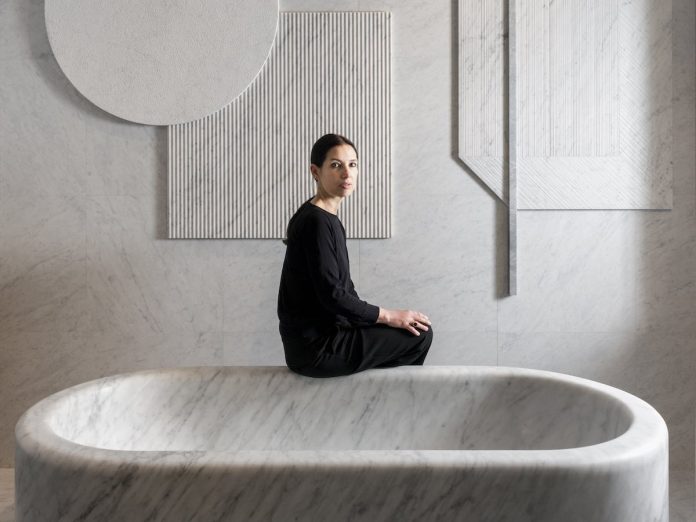Elisa Ossino, architect and designer, is not easy to categorize. The studio she founded in 2006 works on residential and retail interiors, product design (for important clients: De Padova, Boffi, Porro, Dieffebi, Desalto, Tubes…), art direction and set design. Her style is terse and evocative, and her creations are concrete, though they always manage to convey a rare sense of magic. Since 2016 she is a professor at the IUAV University of Venice, in the master’s program “Interactive Media for Interior Design.”
Your professional profile has many facets. What’s your background?
I took a degree in Architecture at the Milan Polytechnic, where I then remained for a while to work at the Aula Multimediale, a project coordinated towards the end of the 1990s inside the Polytechnic. It was a special experience, in contact with a series of personalities belonging to the worlds of art, cinema, literature, sociology. And then the first to be involved in the creation of virtual realities. An encounter with creative minds that definitely influenced my way of working, made of the stratification of languages, but also different cultural approaches.
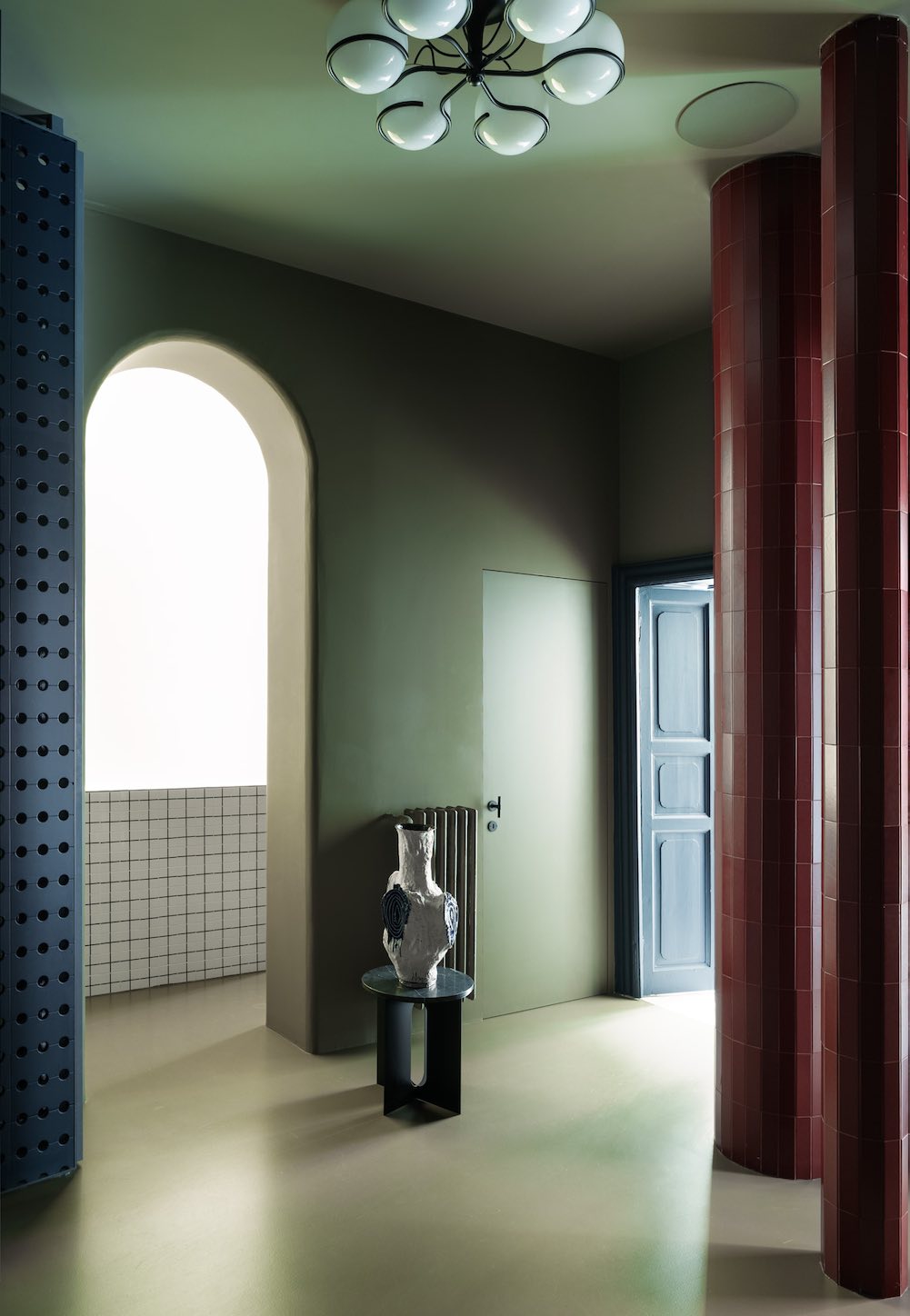
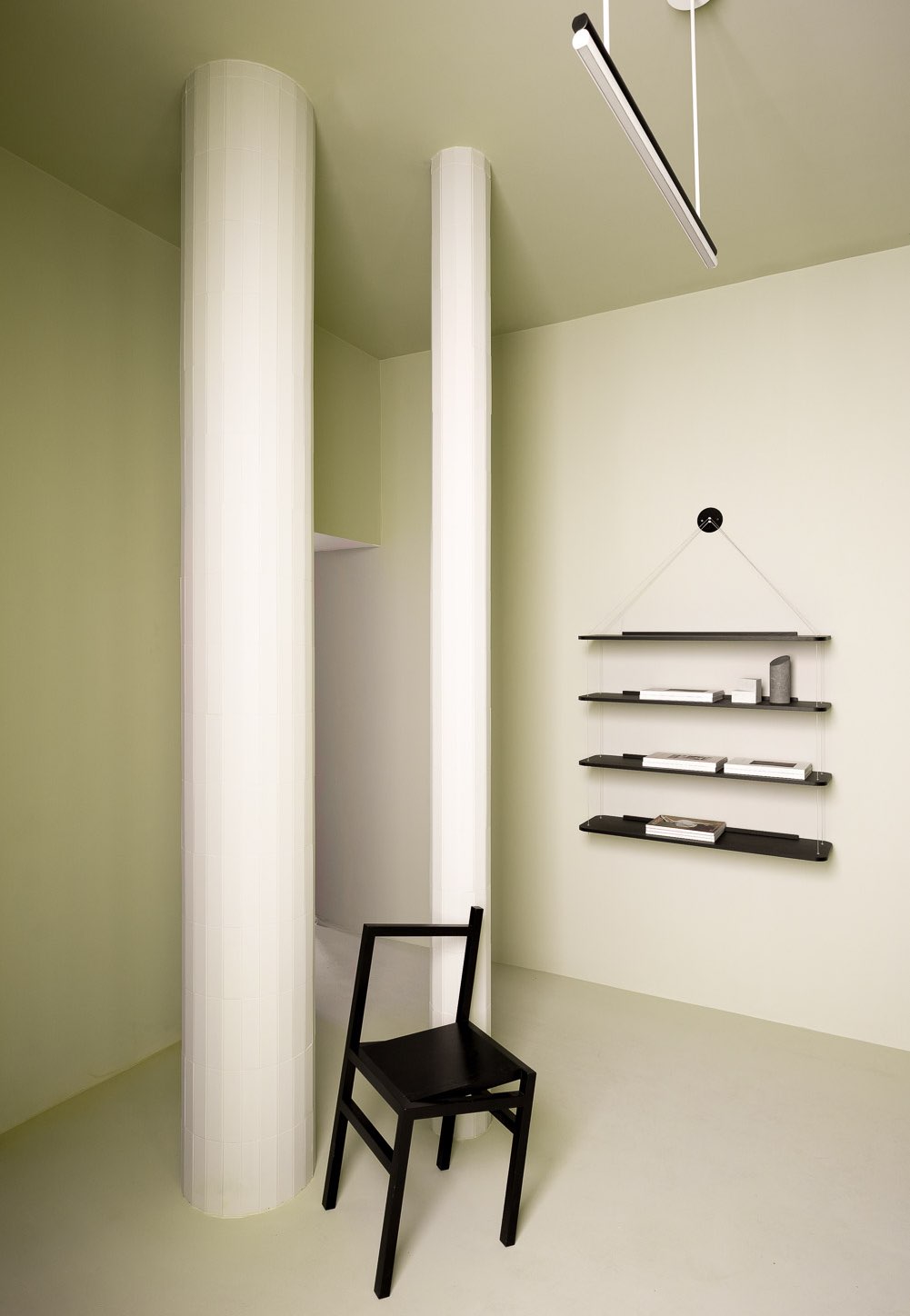
You began as a set designer, but for some time now you have been exploring the world of production. What was the first object you designed?
Perhaps the very first was a small kitchen designed for Meson’s years ago. But the project known best is a bathroom, the Fontane Bianche collection for Salvatori. While I was working on an exhibit for them, I told Gabriele (Salvatori, the owner of the company) that I thought their production was lacking in small bathrooms. And he replied: “Why don’t you design one?” In the renderings, I inserted a faucet of my own invention: Gabriele liked that too, so he called Fantini and had it put into production.
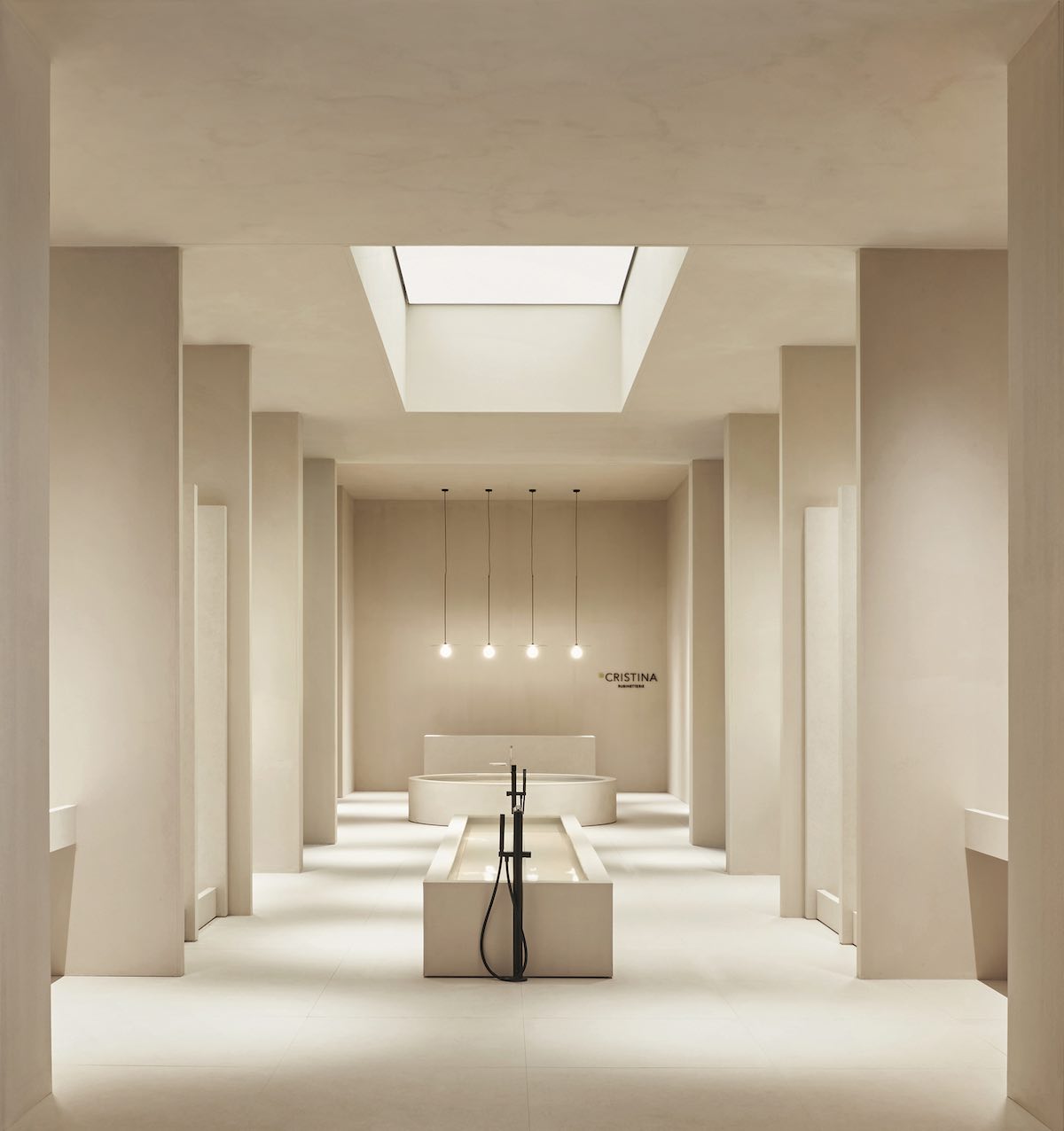
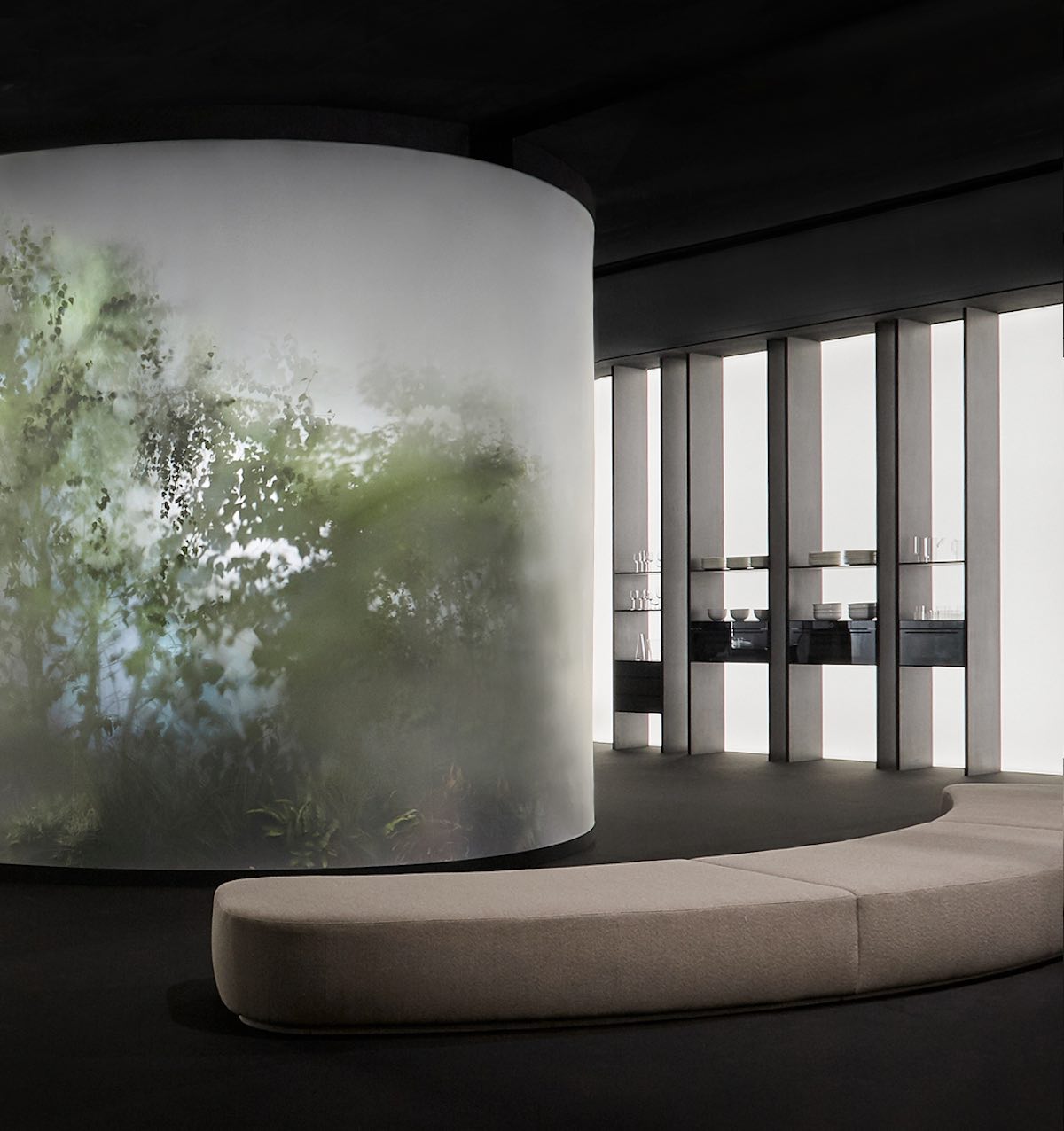
Do you feel more like an architect, an interior designer, a set designer or an industrial designer?
I feel like a set of these things. My training is in architecture: I have a strong sense of belonging there. I have worked a lot on set design, a field I find fascinating because it permits some detachment from reality, and it lets me experiment in an “abstract” sense, following my own sensibilities. These design aspects intersect with and sustain each other, and when I began to do interior design they turned out to be important. I try to operate through extreme simplification of forms, but at the same time to create very strong signs: an iconography in space that strikes the memory.

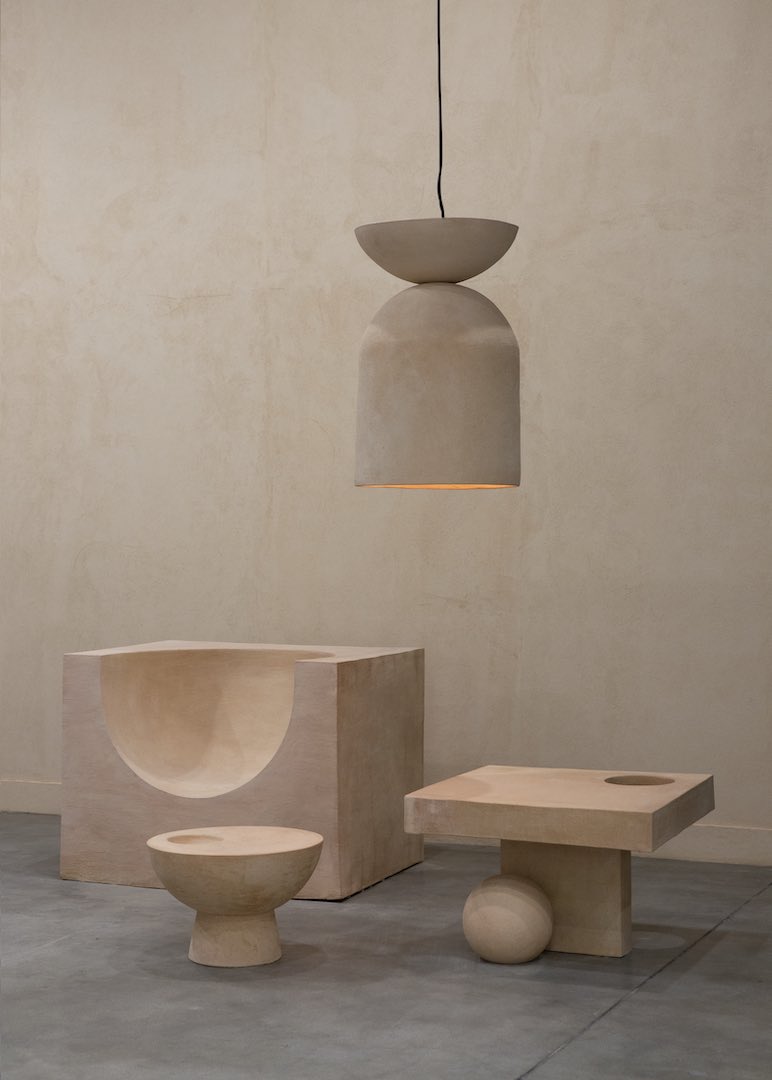
What are the reference points on an aesthetic level?
I’ve always been fascinated by Metaphysical art. Then by Caravaggio, for the extraordinary quality of the light in his paintings. Morandi, for the compositional aspect. And a great many contemporary works. I have also been influenced by the masters of video art and video installations: my degree thesis was titled From the electro-kinetic environment to the virtual environment, it was an investigation on the dematerialization of space, a phenomenon that began with the installations of the 1970s and has now evolved into interactive art, a dimension I also seek in my work. A type of interaction with the environment that seems to be more influenced by the use of technologies, which now offer us extraordinary possibilities. This is a dimension I am coming to terms with in many of my recent works, also because I believe that very soon also interiors and the way we design them are going to radically change. I am trying to investigate what might be future scenarios, from this viewpoint.

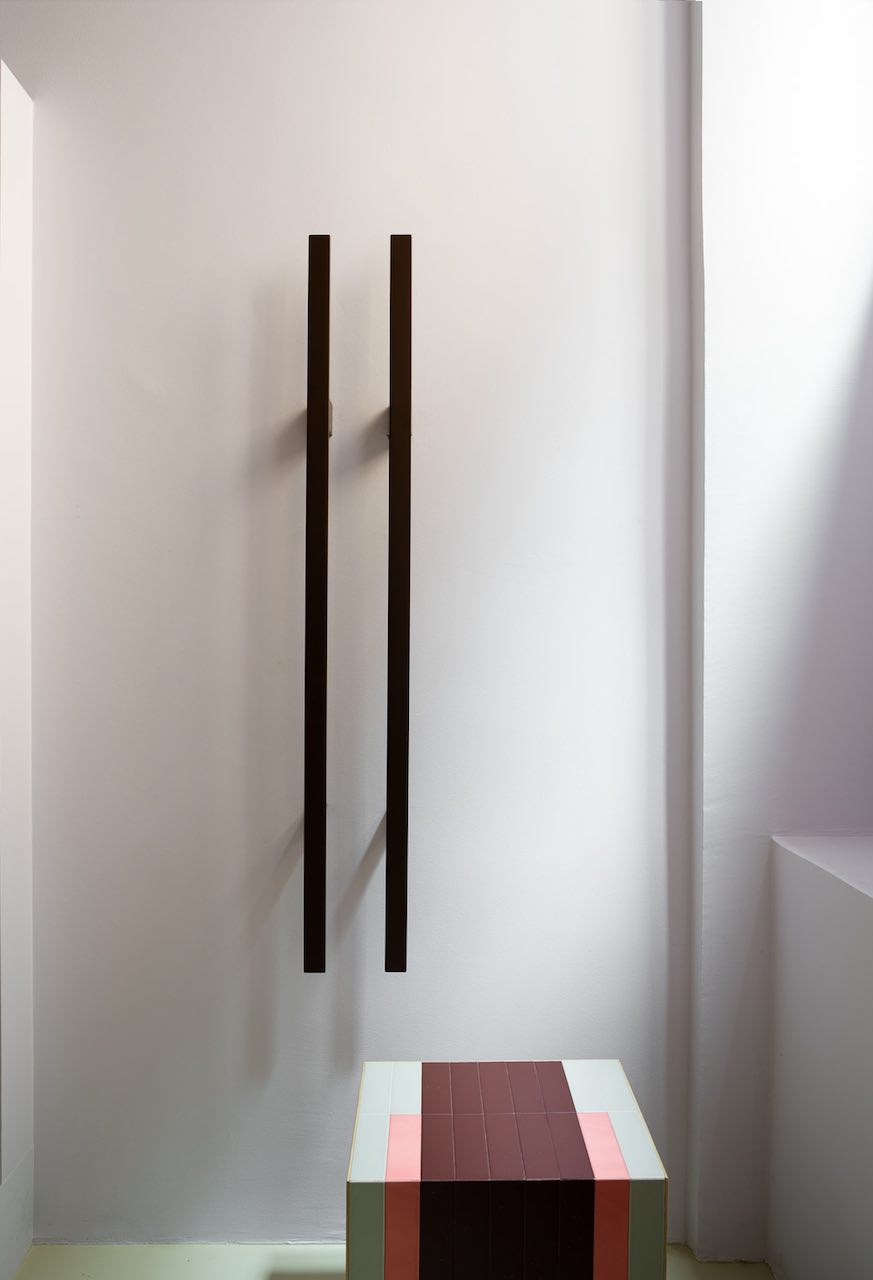
Speaking of interiors: what is your favorite space in the home?
The kitchen, because I love to cook: I like to stay there, it is relaxing, and I find that cooking is in some ways a gesture of love, because you then share the food. Next comes the bathroom, another space that is important for me: it is a moment you devote to your body, and you can turn off your mind for a bit. It is a meditative, relaxing space. Places I like to experience and to design.

What has been your most exciting job?
Usually it is the last one I have done, because you feel closer to it, in terms of thinking. In interior design, right now it might be H+O, an apartment-gallery we have creating together with a Danish partner, Josephine Akvama Hoffmeyer. It is the encounter of two cultural worlds, Italian and Danish design (the Danes also have a magnificent tradition). And it is a research space where we have also worked extensively on the theme of surfaces, furnishings. Along with themes that are developed from time to time… the latest one being multisensory experience. If we talk about projects in a more abstract sense, one that I have really loved is that of Officina Temporanea, which was strictly cultural: we invited designers and artists from various disciplines to work on a shared theme. It was a territory of extraordinary experimentation. A project from the past, which I am still very fond of.
Last question: the project of your dreams?
In this moment I believe there is a very great need to work on the social front. I would like the idea of a space that is more open to the public. To work on how the space influences relationships between people, and thus to create a fascinating shared space.

